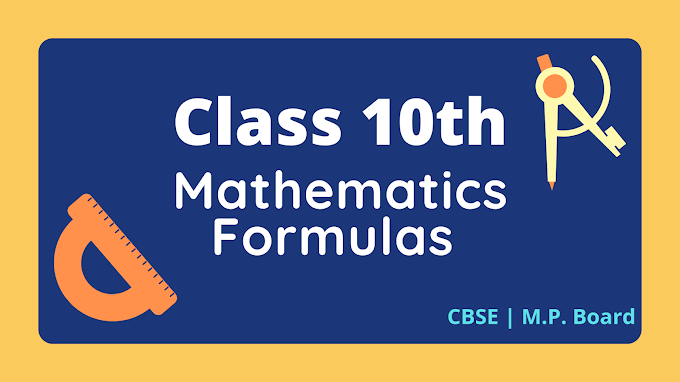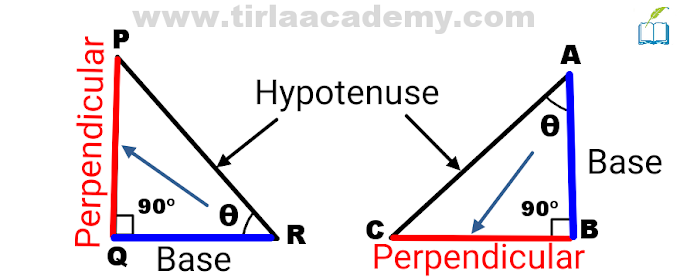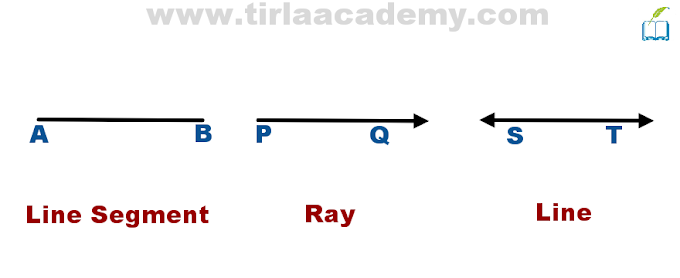In an era where AI tools like ChatGPT can produce full essays in seconds, educators around the world are asking the same urgent question: How to tell if a student used AI to complete their work? As technology advances, so does the challenge of maintaining academic integrity in classrooms across the USA, Australia, Luxembourg, and beyond.
Sudden Change in Writing Style
One of the first signs a student might have used AI is a noticeable shift in tone, vocabulary, or sentence structure. If a student known for simple or casual writing suddenly turns in work that sounds overly formal or too polished, it could be a red flag.
Lack of Personal Insight or Experience
AI-generated writing often lacks emotional depth or personal reflection. Assignments that feel detached, impersonal, or strangely generic—especially on topics that should include personal opinion—may indicate artificial assistance.
Repetitive or Overly Balanced Language
While AI tools excel at generating coherent text, they sometimes overuse certain phrases or maintain an unnatural level of structure. If a paper feels too organized or symmetrically repeats ideas, it may not be human-written.
Missing Real-World Context or Updated References
Students who use AI might overlook class-specific content, recent events, or references unique to their curriculum. AI tools are powerful but don’t always incorporate recent lectures, class discussions, or regional case studies—key indicators of authentic student engagement.
When Grammar Is Too Perfect
While polished grammar is usually a good sign, in this case, it can be suspicious. AI-generated content tends to eliminate all errors, even those that most native speakers or advanced students occasionally make. Flawless spelling and grammar throughout a long essay might raise eyebrows.
Conclusion: Combine Tech Tools with Human Intuition
While it’s becoming increasingly difficult to detect AI-generated work, understanding how to tell if a student used AI is now a necessary part of modern education. From language analysis tools to changes in writing patterns, combining digital solutions with professional judgment helps educators preserve trust and academic standards in the age of artificial intelligence.





